Note: Since this article was published in NCM Magazine, Hurricane Ida has caused major damage in the Gulf Coast and the U.S. Northeast. Nazarene Disaster Response teams are responding to care for those most in need.
Across the United States, the summer months of June through August are marked by familiar annual routines. Summer vacation begins for most school- aged children. Families take vacations and road trips. The Memorial Day holiday leads to Fourth of July celebrations, and all across the country, the warmer weather invites people outside.
For those who live along the Gulf and Atlantic coasts in the south of the country, the summer is marked by another reliable series of events. Those who live in these states anxiously monitor the weather predictions during hurricane season—June through November—to watch how these storms develop and to pray that they do not make landfall. With certainty each year, hurricanes will develop somewhere out in the Atlantic Ocean, the Caribbean Sea, or the Gulf of Mexico.
Pastor Darin Pound, a Nazarene pastor in Texas, lived in Florida for years. Having served in two disaster-prone areas, he understands what pastors and other disaster survivors often need.
“It’s not if,” he says. “It’s when.”
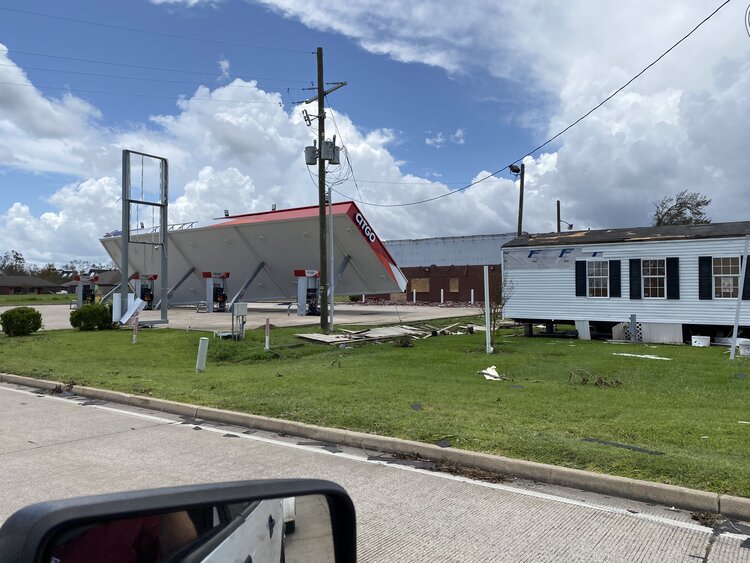
THE CHURCH’S ROLE
While these yearly storms are predictable, their frequency and intensity are increasing. Last year’s hurricane season was the most active and fifth costliest on record. Warmer ocean waters and higher sea levels due to climate change mean that storms will more rapidly intensify, and storm surges will have more significant damage. Additionally, warmer waters mean increased rain from these storms. Since it is the flooding that is the most lethal aspect of a hurricane, these storms are poised to be deadlier each year.
Recognizing this increased unpredictability and danger, the Church of the Nazarene encourages and equips local churches to be as prepared as possible and to seek out those in need after a disaster.
The church has a role to play in reducing the risk of disasters in our communities by preparing for an efficient and helpful response, supporting long-term recovery, and advocating for policies that would reduce the risk from disasters for the most vulnerable. And while this article discusses hurricane response in the U.S., it is relevant globally as well. Nazarenes are responding to disasters all over the world.
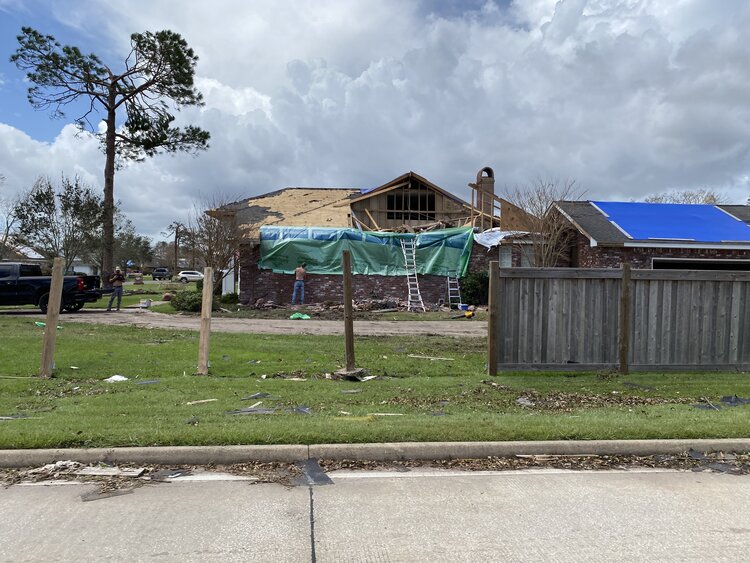
RESPONDING IN LOUISIANA
For those living in Louisiana, 2020 was a particularly difficult hurricane season. The state found itself in the forecast track for seven different tropical storms or hurricanes, five of which made landfall somewhere along its coast. The most devastating of these was Hurricane Laura, a major Category 4 storm that made landfall in Cameron and then made its way north to the city of Lake Charles and beyond. The storm caused massive damage across the state, and its effects were felt all the way to North and South Carolina, about 1,000 miles away. In and around Lake Charles, one of the hardest-hit areas, the power grid went down, thousands of homes and buildings were destroyed, and 33 people were killed across the state.
The pastor of Lake Charles First Church of the Nazarene found himself in the difficult position of having a church building with significant wind and water damage, as well as suffering damage to his home. In the midst of this, he was receiving calls from congregation members who also had damage to their homes and were in need of food, water, and other supplies. This is a typical struggle for our pastors and leaders: balancing their own needs with serving others in the midst of a disaster. Disaster survivors often include the “helpers” themselves, and so what is desperately needed during these times is external support.
Across the districts of the United States, there are numerous Nazarene Disaster Response (NDR) teams that fulfill this role. From spiritual care and counseling teams based in Reno, Nevada, to teams equipped with disaster response trailers engaged in chainsaw work and flood remediation, Nazarene lay people and pastors are already prepared to serve after a disaster has occurred.
During the months after Hurricane Laura, in Lake Charles and nearby cities, scores of Nazarene volunteers arrived and worked alongside those affected by the storm. These volunteers tarped roofs, removed moldy drywall, cleared properties of storm debris, and piled it on the roadside for collection. Electrical work and other light construction followed.
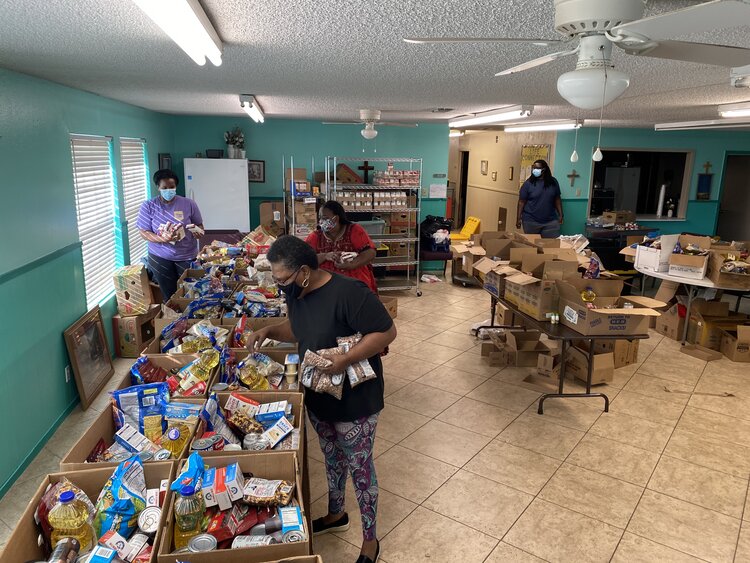
MOBILIZING LOCAL CHURCHES
In addition to his pastoral work, Pound coordinates the NDR team for the South Texas District. He and several others from the district made the trip to Louisiana early on to assess damage and then returned to assist in the work, bringing crisis care kits—packets of essentials gathered by churches across the U.S.—along with other needed supplies and tools.
“In every situation, there are always people who are just overwhelmed,” Pound shares. “And when someone cares enough or a team comes in that just helps them carry their burden, it’s just a real sense of relief.”
Pound also recognizes the need to mobilize the local churches to respond in their own affected communities, particularly for the most vulnerable.
“Our goal in helping the members of the church is ... the whole mentality of equipping the saints for the works of service,” he explains.
At the time of Pound’s interview, Texas was in the midst of record-breaking snow storms that left millions of people without power. In fact, he had to reschedule the conversation because he was out towing cars out of the snow.
“I guess until you’ve lived in those areas ... that deal with these types of things, it’s easy to be removed,” he says. “You know, it’s easy for me to be removed from snow storms until they come to Texas.”
The South Texas team and several others have intentionally increased their level of preparation in order to respond more fully during disasters. Response teams in district after district have attended trainings, equipped disaster response trailers, formalized team personnel and communications across districts, and collected supplies to have at the ready. This allows not only for rapid and efficient response immediately after disaster strikes, but also for long-term engagement in our communities as well.
Wayne Cheselka, an NDR director in South Carolina, has been taking teams to Florida for more than two years in response to Hurricane Michael in 2018. Their work continues to show the long-term commitment that the Church of the Nazarene has to communities that are wrestling to get back on their feet.
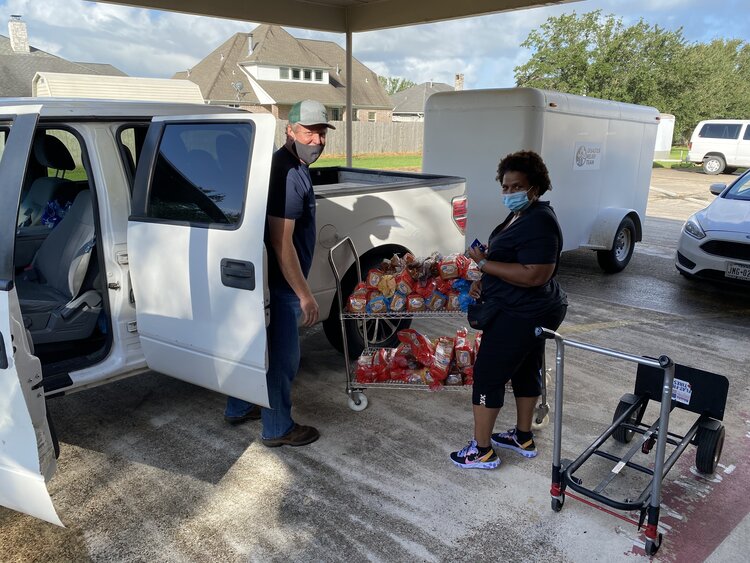
REBUILDING AND PREPARING
Others respond to hurricanes in the United States as well, including Nazarene Work & Witness teams. Brian Jay, who lives in Ohio, says that God called him to join one of the teams traveling down from his area. His team helped clean and rebuild just weeks after the hurricanes.
“It was the first hurricane I’d been to, so the fact that every single house or business was gutted and everything was out front at the street ... that to me was an incredible sight,” he says.
Jay points to an experience just weeks after Lake Charles was hit by Hurricane Laura and then Hurricane Delta, which arrived a few weeks later. Despite the surrounding destruction, one of the Nazarene churches was able to gather safely on a Sunday morning to worship together.
“What a joyful Sunday service that was,” Jay says.
Back in Lake Charles, the recovery will continue as well, with district leaders coordinating arriving teams and connecting them with churches and families in need. Roofs are being replaced, and homes rebuilt. Nazarene churches are replacing sound systems and hymnals, pews and Bibles. And all this in the midst of another hurricane season approaching.
Let us both pray for a quiet season and do our best to prepare ourselves for its impact.
To learn more about Nazarene disaster response, visit ncm.org/emergencyrelief or watch “The Church’s Response to Disasters” on the NCM YouTube page.
Taken from NCM Magazine.


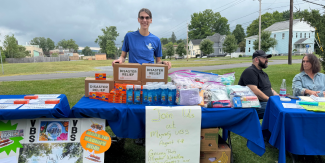
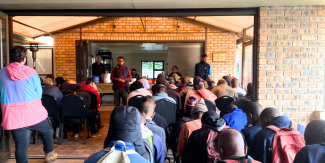
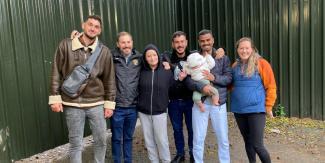
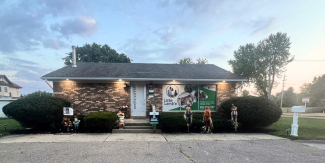
Add new comment